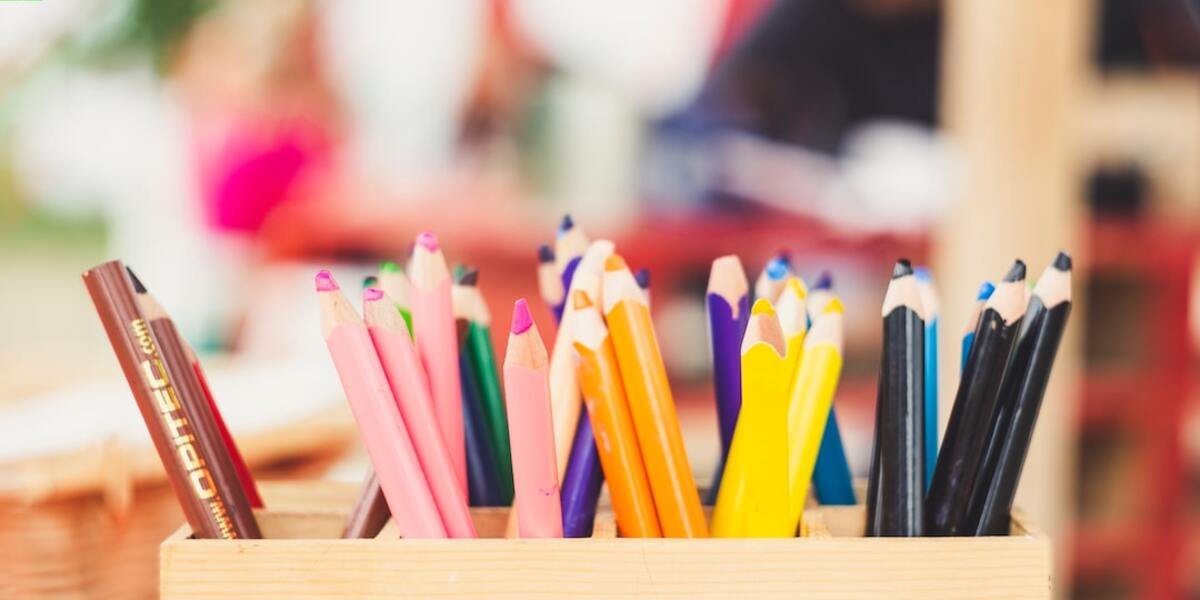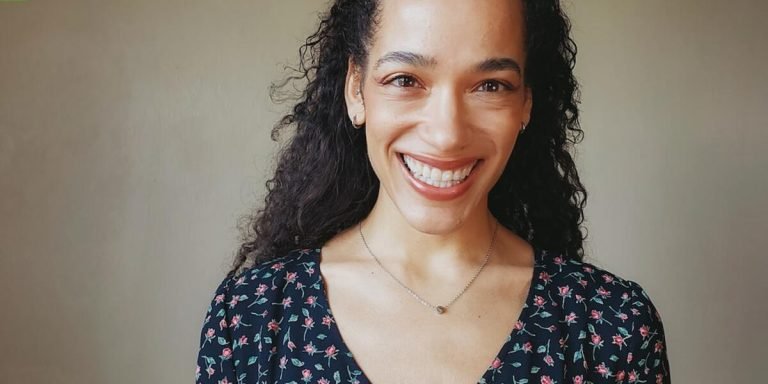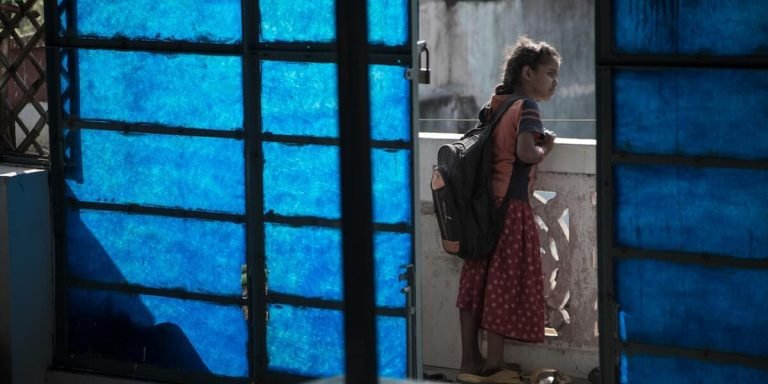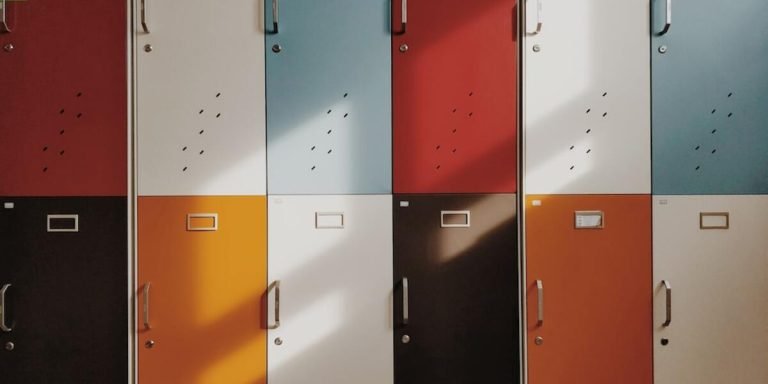PBIS Examples in Everyday Classroom Scenarios: A Practical Guide for Parents and Educators
Understanding the practical application of PBIS examples in everyday classroom scenarios can significantly enhance a child’s learning experience. Positive Behavioral Interventions and Supports (PBIS) is an evidence-based three-tiered framework aimed at improving student outcomes by cultivating positive behavior. For parents and educators engaging with children who require special education resources and supports, implementing these methods effectively could often be challenging.
This guide aims to help you navigate through this complex yet rewarding process. With real-life cases that highlight how PBIS strategies are used in classrooms every day, we hope to depict its substantial impact on childhood development clearly. It’s our mission here to provide all necessary tools for accelerating your youngster’s academic growth – let us explore the world of PBIS together!
Did you know?
Interestingly, research from the National PBIS Leadership Forum shows that implementing Positive Behavioral Interventions and Supports (PBIS) in classrooms can reduce disciplinary incidents by up to 50%.
Understanding PBIS: A Comprehensive Overview
In the world of childhood education, Positive Behavioral Interventions and Supports (PBIS) stands as a shining beacon. This proactive approach is designed to create positive school climates by encouraging good behavior rather than highlighting negative actions. PBIS has been integrated into educational systems across the globe and plays an instrumental part in shaping young learners’ attitudes towards their schooling journey.
Embracing technology’s role in implementing PBIS can lead to remarkable outcomes for both students and educators. With mobile applications, online learning platforms, data analysis tools among many others, technology serves as a significant asset when adopting this hands-on behavioral system within schools today- 2023 being no exception.
Lastly but importantly too; special educations resources are integral aspect that aids seamless adoption of PBIS practices on digital platforms without compromising children’s unique needs or potentials. These supports not only engage students better but also help tailor teaching strategies fitting individual requirements thus ensuring success for every child at each step along their academic path.
The Foundations of Positive Behavioral Interventions and Supports (PBIS)
PBIS, short for Positive Behavioral Interventions and Supports, is a proactive approach to establish the behavioral supports and social culture needed for all students in a school to achieve social, emotional and academic success. This method can be especially beneficial when integrated into special education resources.
Let’s delve deeper into some real-life pbis examples drawn from classrooms across the globe:
1. Reward Systems: Many schools employing PBIS use reward systems as positive reinforcement. For example, they may give points or tokens each time children display good behavior such as sitting quietly during lessons or helping fellow classmates.
These tokens could later be exchanged for small prizes like stickers or extra playtime.
2. Clear Expectations: Another common PBIS practice involves setting clear expectations on how to behave in every situation at school – whether it’s lining up outside classrooms calmly after recess, respectfully listening while other students speak etc., reducing ambiguity about what constitutes appropriate conduct.
Effective implementation of PBIS relies heavily on technology integration in education.
Implementing PBIS in Special Education Settings
Positive Behavioral Interventions and Supports (PBIS) is a proactive approach to establishing the behavioral supports needed for students, especially those with special needs. Implementing PBIS in special education settings goes beyond just discipline; it offers methods that present effective classroom management strategies.
Start by defining clear expectations. The first step towards implementing PBIS involves setting standards of behavior expected from every student within their learning environment using easily understandable language suited to their cognitive abilities. You can find numerous pbis examples online demonstrating how schools convey these rules visually through charts or posters.
Incorporate consistent consequences – both positive and negative ones. Positive reinforcement like praise when a child follows established protocols reinforces desired behaviors whereas corrective feedback against undesired actions lets them understand where corrections are required – all done without resorting to punitive measures!
Exploring Effective PBIS Strategies for Diverse Learners
As we delve into the world of diverse learners, it’s important to spotlight effective Positive Behavioral Interventions and Supports (PBIS) strategies that truly make a difference. Effective PBIS is more than just another teaching method; it constitutes an integral part of modern day special education resources and support system. In respect to the current year 2023, technology integration in education has made possible innovative tools which can supplement traditional practices.
For instance, educators are now leveraging advancements like virtual reality experiences or gamified learning applications as potent complements to standard instruction techniques. These not only help facilitate engaging learning environment but also allows for personalized attention based on individual needs thus enhancing their comprehension levels.
Moreover, digital data collection tools have become invaluable in monitoring behavioral patterns among students with unique requirements. They provide real-time feedback and analytics bolstering educators’ ability to adjust instructional tactics promptly while keeping parents informed about progress trends simultaneously.
Overall these examples highlight how technological evolution has brought remarkable transformation within classrooms across globe exhibiting promise towards refining future educational practices profoundly using PBIS approach backed by continuous study-based refinement efforts.
Customizing PBIS Approaches for Individual Needs
PBIS, or Positive Behavioral Interventions and Supports, is a proactive strategy employed in schools to enhance student behavior. However, it’s critical for educators to tailor PBIS approaches based on the individual needs of each learner. Here are some examples of how you can implement this.
1. **Understand The Student:** To customize PBIS strategies effectively, understanding the unique requirements and strengths of diverse learners forms the foundation stone. Delve into their learning style preferences – visual, auditory or kinesthetic?
Are they introverted or extroverted? This information will allow you to design interventions that align with their intrinsic nature.
4: **Continuous Feedback Mechanism:** One-on-one discussions serve as an effective tool here where teachers give constructive feedback at regular intervals encouraging more engagement from these young learners building confidence.
5: **Foster Peer Support**: Encourage classmates help particular child deal challenges making them feel included hence contributing positively towards overall social growth.
Measuring the Impact of PBIS on Student Outcomes
Today’s educational landscape is marked by a robust embrace of diversity, and in this spirit, the Positive Behavioral Interventions and Supports (PBIS) framework has stood out significantly. This comprehensive system focuses on improving student outcomes using behavioral evidence strategies tailored to diverse learners.
One way we can truly assess the efficacy of PBIS within our schools or institutions is by measuring its direct impact on students. For that purpose, let’s further delve into some concrete pbis examples that demonstrate notable effects on effective education delivery for various categories of pupils.
First off, it’s crucial to understand how these systems work from start to finish before tracking their influence. Implementing PBIS involves primarily introducing favorable behavior models via technology tools within learning spaces; then subsequently reinforcing those behaviors with rewards as part of an ongoing process aimed at promoting positive attitudes towards classroom participation among learners.
For instance, schools utilizing interactive whiteboards coupled with consistent reinforcement techniques reported substantial improvements regarding concentration span amongst students identified with ADHD tendencies when compared against traditional teaching methodologies alone.
Integrating Technology with PBIS in Special Education
The surge in technological advancements has significantly revolutionized the approach towards utilizing Positive Behavioral Interventions and Supports (PBIS) within special education. The central principle behind PBIS aligns with enhancing teaching outcomes by focusing on positives rather than negatives, thereby creating an optimal environment for learners’ growth – especially those demanding individual attention.
Integrating technology into this framework adds another dimension of effectiveness – a dynamic change that we’re witnessing in 2023. For instance, educational software is designed to cater to diverse learning needs while ensuring inclusivity. In essence, such tools can personalize each student’s experience based on their cognitive levels or behavioral patterns – seamlessly merging tech resources with PBIS strategies.
Moreover, digital platforms have opened doors beyond traditional classroom settings for students requiring special aids. Virtual classrooms offer endless possibilities; simulations mimicking real-life scenarios serve as excellent pbis examples propelling experiential learning which couldn’t possibly be achieved through conventional methods alone.
Smart adaptive technologies, such as artificial intelligence and machine learning algorithms, combine effectively with established pedagogical techniques to help educators create bespoke lesson plans for each child under developmental spectrum categories through PBIS methodologies. These strategies support streamlined curriculum execution while considering the perspectives of all stakeholders:
- Teachers
- Parents
- Clinical psychologists
Most importantly, they ensure that a learner’s potential reaches its zenith. Additionally, this approach strictly adheres to compliances outlined by bodies governing Special Education Resources worldwide.
Utilizing Tech Tools to Enhance Positive Behavior Support
Integrating technology in special education has undergone dramatic transformations, particularly in enhancing Positive Behavioral Interventions and Supports (PBIS). Schools have an array of tech tools at their disposal that can be effectively utilized to strengthen PBIS strategies. Here are a few notable pbis examples showcasing how the integration of technology amplifies positive behavior support.
Implementing digital reward systems addresses one key facet of PBIS- recognizing and appreciating good behavior. Platforms such as ClassDojo or PBIS Rewards offer gamified experiences where students earn points for displaying desired behaviors which they can later exchange for rewards. This not only motivates them but also helps educators track progress closely, thereby identifying potential areas that require more focus.
Interactive software like Second Step provides weekly lessons on important skills encompassing empathy, emotion management and problem-solving explicitly designed for K–8 classrooms including those with special needs children. With the inclusion of automated features, reminders, assessments it paves way towards creating consistent behavioral expectations across different facets – classroom settings or home learning environments.
The usage data from various integrated technologies provide valuable insights into understanding student’s behavioral trends over time helping schools refine interventions ensuring better outcomes.
Case Studies: Successful Digital PBIS Implementation
In the rapidly evolving landscape of education, the integration of technology in Positive Behavioral Interventions and Supports (PBIS) is playing a transformative role. Let’s delve into some successful case studies that demonstrate this trend.
A primary school in Chicago has been at the forefront when it comes to integrating PBIS with technology. The administration identified a need for more effective behavior management solutions and discovered that digital PBIS was an ideal fit. They leveraged software platforms featuring gamification elements as one of their various pbis examples, making learning not just informative but also interactive and fun.
One such game-based platform they implemented promotes positive behaviors by assigning points to students who model exemplary conduct or achieve set goals. This motivated pupils immensely leading to increased learner engagement while significantly dropping disciplinary issues over time— marking tremendous success on every parameter.
Another instance can be seen from a high-special needs district school situated in Los Angeles which adopted innovative strategies using technological applications supporting PBIS-focused approaches for its special students’ cohort.
Conclusion
In navigating the exciting world of childhood education, a clear understanding and application of PBIS examples can dramatically shift how we approach difficult behaviors in children. With the assortment of practical techniques shared—drawn from real-life classroom scenarios—we believe parents and educators alike are more equipped to foster positive behavior support systems in their learning environments.
Of course, our exploration into PBIS doesn’t stop here on this blog post! We encourage you to make use of all the resources available right here on our website. There’s so much information pertaining specifically to early years’ education and child development just waiting for your discovery.
Whether you’re an educator seeking innovative teaching strategies or a parent looking for insights into your child’s educational journey, there is always something valuable within reach on our site! So go ahead – dive deeper with us, as together we shape fruitful experiences for every growing mind.







